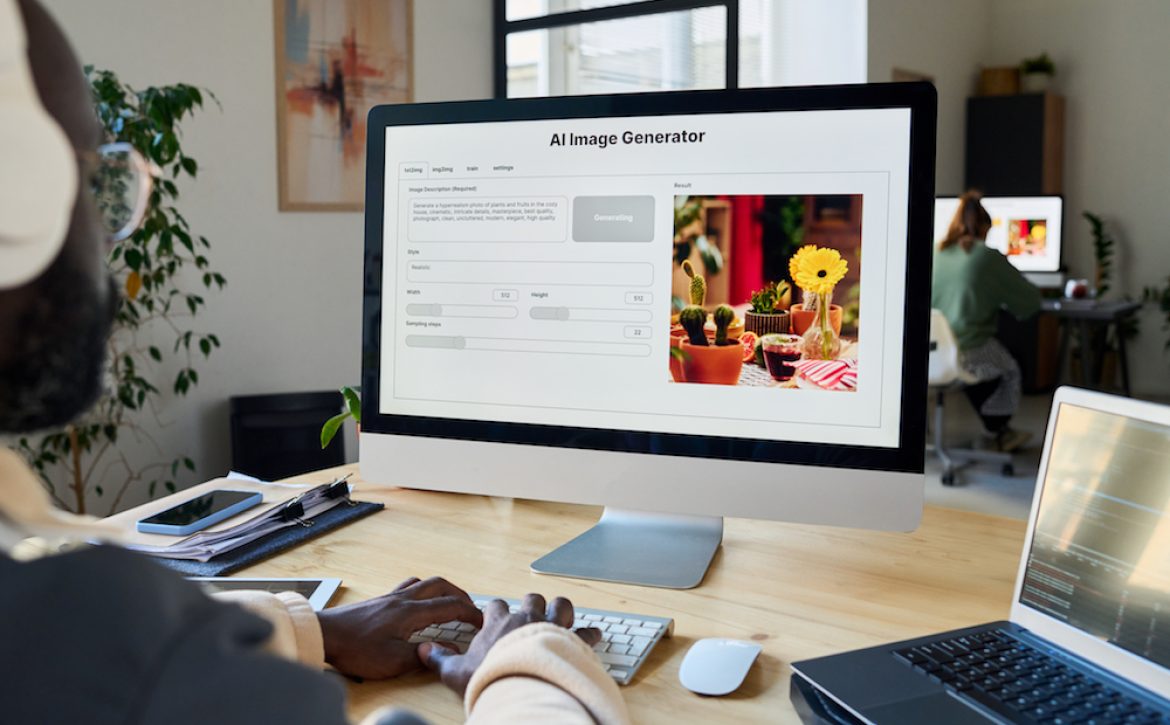Do WordPress Tags Help with Your Social Media Posts?
Welcome! If you’re a blogger, marketer, or business owner in the US, you’ve likely wondered: Do WordPress tags help with your social media posts? At first glance, tags and social media might feel like separate worlds; but they actually share more in common than you think. Let’s walk through how WordPress tags play a role in your broader social media strategy, boost your SEO tips, and bring more traffic and visibility to your blog posts.
What Are WordPress Tags & Why They Matter
If you’ve ever created a blog post in WordPress, you’ve likely seen fields labeled “tags” and “categories.” WordPress categories are like broad folders (e.g., “Marketing,” “Recipes”), while WordPress tags are more specific keywords. For example, if you run a digital marketing blog, tags might include “social media posts,” “SEO tips,” or “content strategy.”
Used well, relevant tags help you group related posts on your website. This aids navigation and encourages readers to click around, boosting user engagement. A well-structured site with enhanced content organization tags is better for both search engines and humans. As one of the key ways WordPress tags contribute to your site’s structure, they help search engines understand your content better, and that impacts your search engine rankings.
Can WordPress Tags Help with Social Media Posts?
Now let’s get to the big question: Do WordPress tags help with your social media posts? The short answer: indirectly, yes. Great tag usage improves your site’s SEO, making it more likely your content will rank in searches; and that means increased visibility when you share links on social media platforms.
1. SEO Benefits First
When you use relevant keywords as tags; things people actually search for, you signal what your posts are about. That helps your website’s SEO and encourages higher positions in search engine rankings. When your blog shows up in a search, your chances of clicks go up; which fuels your digital marketing strategy.
And higher click‑through rates naturally flow into more shares on social media, boosting your social media performance.
2. Easier Content Organization
When you group related posts, visitors can follow your content trail; discovering one blog about “social media content strategy,” then the next about “social media optimization,” and so on. That better site’s structure keeps people around longer and gives them more opportunities to click your share buttons.
3. Post-Publish Tagging Helps Social Shares
WordPress plugins or themes can show tag clouds or lists at the end of posts. These help readers find related content linked to the current post. The more relevant content they find, the more they may share it; boosting visibility across social media platforms.
Smart WordPress Tagging Boosts SEO & Social Visibility
Now, let’s go through how to use WordPress tags well so they help your social media efforts without hurting your site.
1. Align Tags with Your Keyword Research
Start by finding target keywords via tools like Google Keyword Planner or low-cost SEO tools. Tags should match your most searched-for phrases, like “blog posts,” “digital marketing,” or “content organization.”
Relevant tags help search engines understand your post more clearly. And they help categorize and surface your content more effectively, leading to improved content organization.
2. Use Specific Tags
Rather than tagging “digital marketing” on every post, use specific tags like “social media posts,” “SEO tips for bloggers,” or “social media optimization.” These long-tail tags help rank for tighter search queries and make it easy for readers to click through.
3. Avoid Duplicate Tags
Terms like “SEO” and “seo” count as separate tags if you’re not paying attention. Duplicate terms can confuse search engines and diminish your site’s structure. Keep everything consistent in lowercase.
4. Limit the Number of Tags
WordPress lets you add unlimited tags per post, but that’s not a great idea. Too many tags lead to thin archive pages that dilute SEO. Stick to 3–5 relevant tags per post to keep your archive pages meaningful.
5. Don’t Mix Tags with Hashtags
Some bloggers think tags will become hashtags on Twitter or LinkedIn when auto-sharing. That’s not true. Instead, use tools or manual editing to add social media hashtags separately when sharing.
6. Create Tag Clouds or Tag Lists
A tag cloud or list in your sidebar or footer makes it easy for visitors, and social media users, to explore related topics. It reinforces your site’s structure and encourages clicks.
Use WordPress Tags to Boost Sharing
Now let’s talk about real social media strategy. Even though WordPress tags don’t auto-become hashtags, they influence your process:
- Write your post.
- Choose 3–5 relevant tags (from your keyword research).
- Copy them when you share; just prefix them with “#” and adjust (e.g., #ContentOrganization).
- Add topic hashtags like #SEO, #DigitalMarketing, or #BlogPost.
This way, your tags help you find the right hashtags for every share.
WordPress Tags & Social Media Management
If you use scheduling tools like Buffer, Hootsuite, or Later, having a consistent list of tags helps streamline your posting workflow:
- Copy-paste tags directly from your chosen list.
- Keep tags consistent for branding.
- Group posts by common tags to tailor your social media posts to each audience segment.
The more organised your tags, the easier your social media management becomes.
Avoiding Confusion: Categories vs Tags
A simple rule: categories are broad topics (1–6 per site), tags are specific (multiple per post). Categories build your site’s backbone, while tags add detail. Google uses this to understand your content organization and helps rank your posts in search engine results pages.
Improved SEO Performance via WordPress Tags
When you use relevant tags properly:
- Related posts get internal links (search engines love this).
- Archive tag pages get traffic over time, improving search rankings.
- Your users spend more time on the site, lowering bounce rate; an SEO win.
If you add a link to “social media content strategy,” that tag page can start ranking for that keyword too.
Social Media SEO: How WordPress Tags Fit In
Your tags also support your social media content strategy:
- Clicking on a tag archives similar posts; great for planning.
- These posts provide valuable content to share regularly.
- A well-structured blog means consistent viral material for social media platforms.
By using the same tags across multiple posts, you form a content reservoir that’s easy to access and share; a big asset to your social media efforts.
Building a Tagging Workflow
Here’s a sample workflow:
- Do keyword research.
- Create a list of go‑to relevant tags (5–10).
- Pick 3–5 tags per blog post from that list.
- Add them to the WordPress editor.
- Use the same tags as hashtags in your social posts.
- Build social posts around each tag; share multiple posts over time.
- Monitor which tags resonate via site analytics and social engagement.
That way, your tags boost both SEO and social media performance.
What About Duplicate WordPress Tags?
If you’ve added similar tags over time (like #social-media-posts and #social media posts), clean it up:
- Merge duplicates in the tag settings.
- Make one a redirect to the other.
- Stick with a consistent tagging strategy going forward.
Otherwise, you end up with multiple thin tag pages that don’t rank well.
Tag Archives & Social Shares
Tag archive pages sometimes pop up in newsletters or social media shares (especially on Pinterest). When they do, having a visually appealing element like a featured image or attractive header helps.
Make sure tag pages have helpful intro text and keywords to boost their site’s SEO.
What if You Use Too Many WordPress Tags?
Too many tags dilute the value of each one. Plus, it creates too many archive pages; harder to maintain and no good for search engines. Each archive page should offer useful content. If not, fewer tags give better site structure and higher quality.
Final Words: Do WordPress Tags Boost Social Posts?
Yes, to an extent. WordPress tags do not directly translate into hashtags on Twitter, Instagram, or Facebook. But a good tagging strategy makes it easier to:
- Keep your site’s structure friendly for SEO
- Find the right topics to share again on social media
- Improve user engagement and time on site
- Support your digital marketing efforts across platforms
They’re part of a broader SEO strategy; because clean organization and smart keywords means less work and more results!
Grow Your Online Presence With Our Social Media Services
Having a strong social media presence is a necessity for every business in today’s day and age.. That’s where Digital Engage comes in. With expertise in social media management, web design, SEO, paid search advertising, and reputation management, we offer a holistic approach to digital marketing.
Contact us today at 423 397-2467 and let us help you build a strong online presence.







